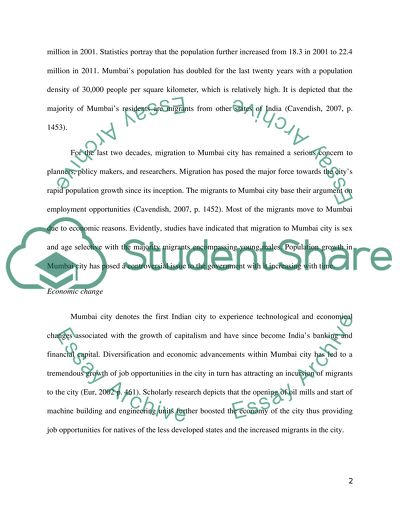Cite this document
(“Mumbai City Essay Example | Topics and Well Written Essays - 1500 words”, n.d.)
Retrieved from https://studentshare.org/geography/1448280-outline-the-key-changes-that-have-taken-place-in
Retrieved from https://studentshare.org/geography/1448280-outline-the-key-changes-that-have-taken-place-in
(Mumbai City Essay Example | Topics and Well Written Essays - 1500 Words)
https://studentshare.org/geography/1448280-outline-the-key-changes-that-have-taken-place-in.
https://studentshare.org/geography/1448280-outline-the-key-changes-that-have-taken-place-in.
“Mumbai City Essay Example | Topics and Well Written Essays - 1500 Words”, n.d. https://studentshare.org/geography/1448280-outline-the-key-changes-that-have-taken-place-in.


